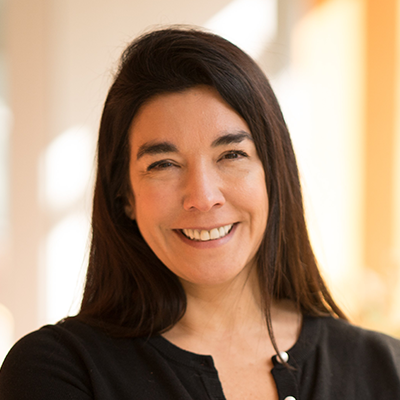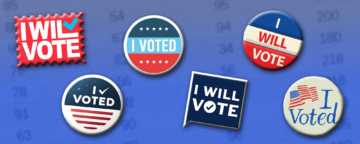PHILADELPHIA — Most Americans are aware of fake news and misinformation. In a new study, researchers from the University of Pennsylvania sought to uncover whether the threat of misinformation drives Americans to seek out news sources that reflect their own political beliefs.
The study, published in the Harvard Kennedy School Misinformation Review, found that Democrats, older individuals, and those with higher education levels are more concerned about misinformation in general and that, compared to Republicans, Democrats in particular are more likely to turn to partisan media sources when their concern with misinformation is greater.

Through analyses of nationally representative surveys of American adults, the researchers, led by Dolores Albarracín, the Amy Gutmann Penn Integrates Knowledge (PIK) University Professor and director of the division of Communication Science at the Annenberg Public Policy Center, also found that a person’s perceived ability to distinguish between accurate and fake news does not affect how often they seek out news from partisan news sources.
“When under threat, humans do not always seek information in an optimal way,” says lead author Elizabeth Harris, formerly a William J. Henrich Postdoctoral Fellow at the Annenberg Public Policy Center. “In an ideal world, people who are worried about misinformation would use a broad range of sources to cross-reference any information they find. We wanted to see if people avoid out-party news sources when worried about misinformation.”
Over the course of a year, the research team carried out three surveys assessing Democrats’ and Republicans’ concern about misinformation, how this concern influenced their media habits, and even whether a person’s perceived ability to detect accurate news from fake news affected this relationship.
Each survey polled over 1,000 American adults, with roughly half identifying as Democrats and half as Republicans.
In one survey, participants reported (a) how concerned they were with misinformation, (b) their basic demographic information (i.e., age, education, and gender), (c) their political partisanship, and (d) how frequently they planned on obtaining information from various media sources in the following week. In a second survey, the researchers measured participants’ perceived ability to distinguish between true and fake news. In a third survey, carried out over the course of nine months, participants reported how often they consumed particular media sources, rather than what media sources they planned to consume in the future.
These surveys allowed the researchers to analyze how the partisan bent of particular media sources — such as Breitbart News on the right or MSNBC on the left — interacted with respondents’ age, education, gender, and political affiliation.

The researchers found that both Democrats and Republicans consume more mainstream media than partisan media, and that, among Democrats, higher concern about misinformation was associated with higher use of liberal-leaning sources. In general, the confidence in one’s ability to discern accurate news from fake news did not affect individuals’ desire to seek out partisan media.
“Our findings underscore the challenges in addressing misinformation,” said Albarracín. “Raising awareness alone may not be sufficient and could have unintended consequences on media consumption habits. Hence, understanding the dynamics of how misinformation concerns shape media choice is crucial for developing effective strategies to combat misinformation, and our research highlights the need for nuanced approaches that consider the psychological impacts of misinformation awareness. Raising the alarm alone can have deleterious effects.”
“The consequences of misinformation concern on media consumption” was authored by Elizabeth Harris and Stephanie L. DeMora, both former postdoctoral fellows at the Annenberg Public Policy Center, and Dolores Albarracín, a PIK University Professor at the University of Pennsylvania. It was published June 25, 2024, in the HKS Misinformation Review.
This news release was originally published by the Annenberg School for Communication. Read it there.

